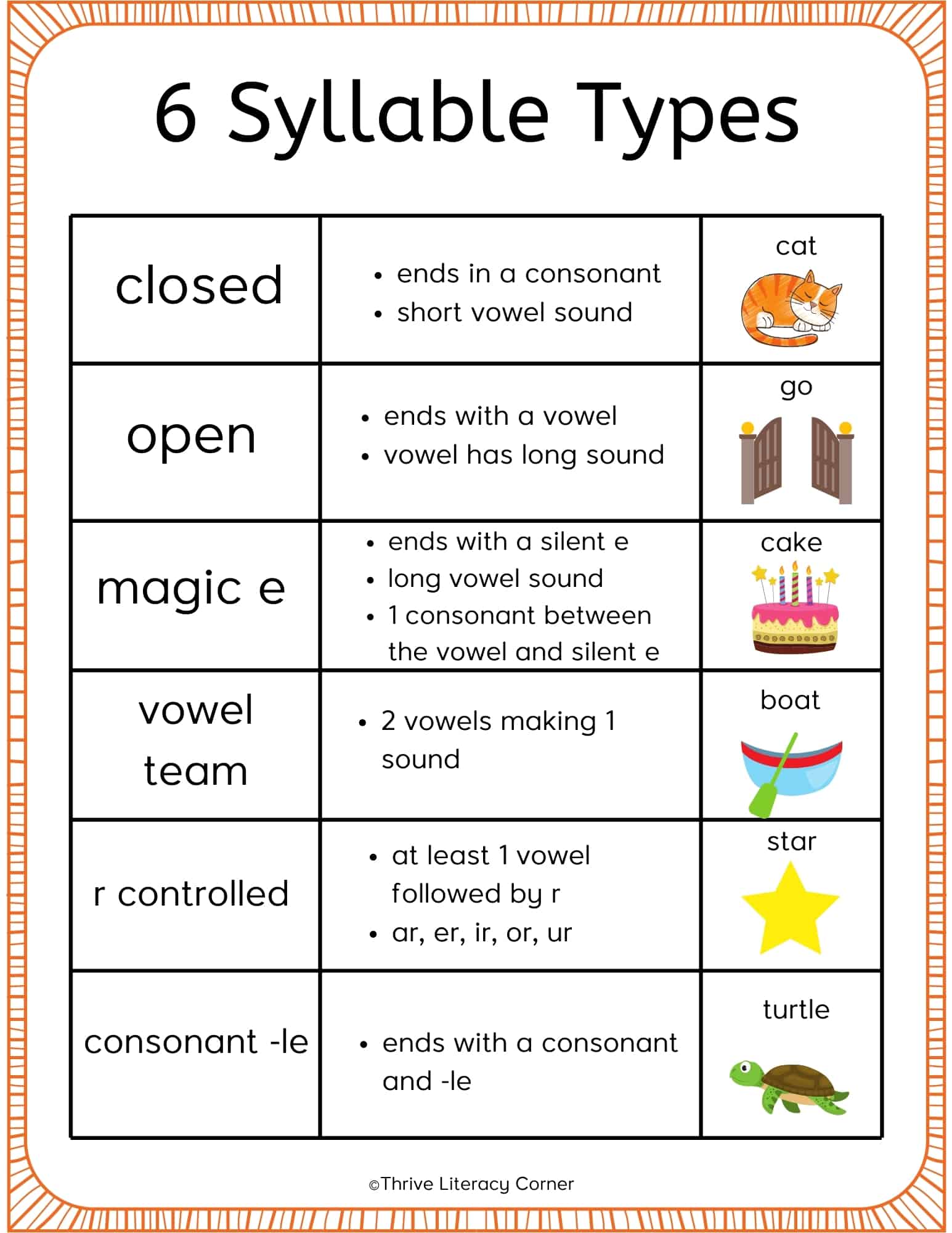

The difference between /œ/ and /ø/ is that the tongue is a little bit lower for /œ/. It can be achieved by taking the /ɛ/ above and pronouncing it with rounded lips. The open-mid front rounded vowel is, like /ø/ and /y/, unfamiliar to American English speakers. You use it in French when you ask for a delicious cr êpe or c èpe The open-mid front unrounded vowel is the vowel in “b ed” for Americans. (thing) Open-mid Vowels in French /ɛ/ in crêpe (stupid) sounds the same, but shorter and cleaner. This close-mid back vowel is similar to our “o,” as in “s o,” but without the diphthong that we unconsciously add. As was the case with /y/, we don’t have this close-mid frontal rounded vowel in American English, so we have to learn it.Īgain, the easiest way is approaching it from the /e/ that we know, rounding our lips and letting the tongue relax just a tiny bit. This is the rounded twin of the /e/ above. The close-mid frontal unrounded vowel is like /i/ but a bit more open, like the vowel in “pl ay,” but be careful not to make a diphthong of it when speaking French. (you) Close-mid Vowels in French /e/ in nez (bed) and then keeping your mouth the same (perhaps the tongue just a bit further back) and rounding your lips to get lu Mainly, it’s the rounding of the lips, so try saying lit The result should be the vowel sound in:Īnother way to get there is to travel from another close vowel in this section, /i/. In the previous example, try “freezing” your mouth in that position and then moving your tongue forward. In terms of pronunciation, this sound is differentiated from /u/ by moving the tongue up to the front. To many English speakers, it sounds like /u/ above if this is the case for you, definitely click on that link for the dedicated article. I’ve previously written an entire post about what a nightmare this frontal close rounded vowel is, and an in-depth guide to conquering it. The resulting sound might not seem too different to you, but if you do your /u/s this way, you’ll sound much more French. Try saying that vowel, but with your lips in a tight circle.

This is similar to the vowel in “b oot,” but more rounded. It’s like the “ee” in the English word “kn ee.” This is known as the frontal close unrounded vowel, and it’s not too difficult for English speakers. So when pronouncing in French (explained below), try to get a clean, true, single vowel sound. Note that in English, we unconsciously make many of our vowels into diphthongs (or a combination of two vowels), as in this video, which shows the and. The English examples are from standard American English, and may not apply to all accents. This post is organized by vowel sound and will use the IPA ( International Phonetic Alphabet) symbols, which are the letters used to indicate pronunciation in most good dictionaries with complete and helpful features. In the land of French vowels, you will round them a lot more than in English. We also talk about vowel backness and frontness, or how far your tongue is when making vowels to the front and back.Īnd, finally, we have rounded or unrounded vowels, which refers to what you’re doing with your lips. Close vowels mean that your tongue is higher, closing off the space inside your mouth more. This is just a matter of using different words for the same thing I’ll use the terms “close” and “open” throughout. But they’re possible.Ĭlose vowels are referred to by some experts as high vowels, and open vowels are sometimes referred to as low vowels. They’re not necessarily easy for English speakers to master. Standard French has about 13-15 vowel sounds, depending on exactly how you count-what everyone can agree on is that this is a language with a lot of them.

Vowels are the base of syllables, and how you position your lips and tongue while making them affects how they sound. You’re making a consonant when you constrict the airflow (by closing your tongue against your teeth, for example). Simply put, a vowel is what happens when you’re making a sound without constricting it in some way in your mouth or throat. (Download) What Are the French Vowel Sounds?
OPEN VOWEL SOUNDS PDF
This blog post is available as a convenient and portable PDF that youĬlick here to get a copy. Then, we’ll look at ways to practice pronouncing them correctly, so you can sound as French as possible! In this post, I’ll cover how the vowels are formed in your mouth, along with examples, so you can master the French letters and spellings that produce them. But there are way more French vowel sounds than there are vowels. The French vowels are a, e, i, o, u and y. JFrench Vowels: The Complete Guide to the 15 Vowel Sounds in Frenchĭo you feel like when it comes to French vowels, you just can’t win?


 0 kommentar(er)
0 kommentar(er)
